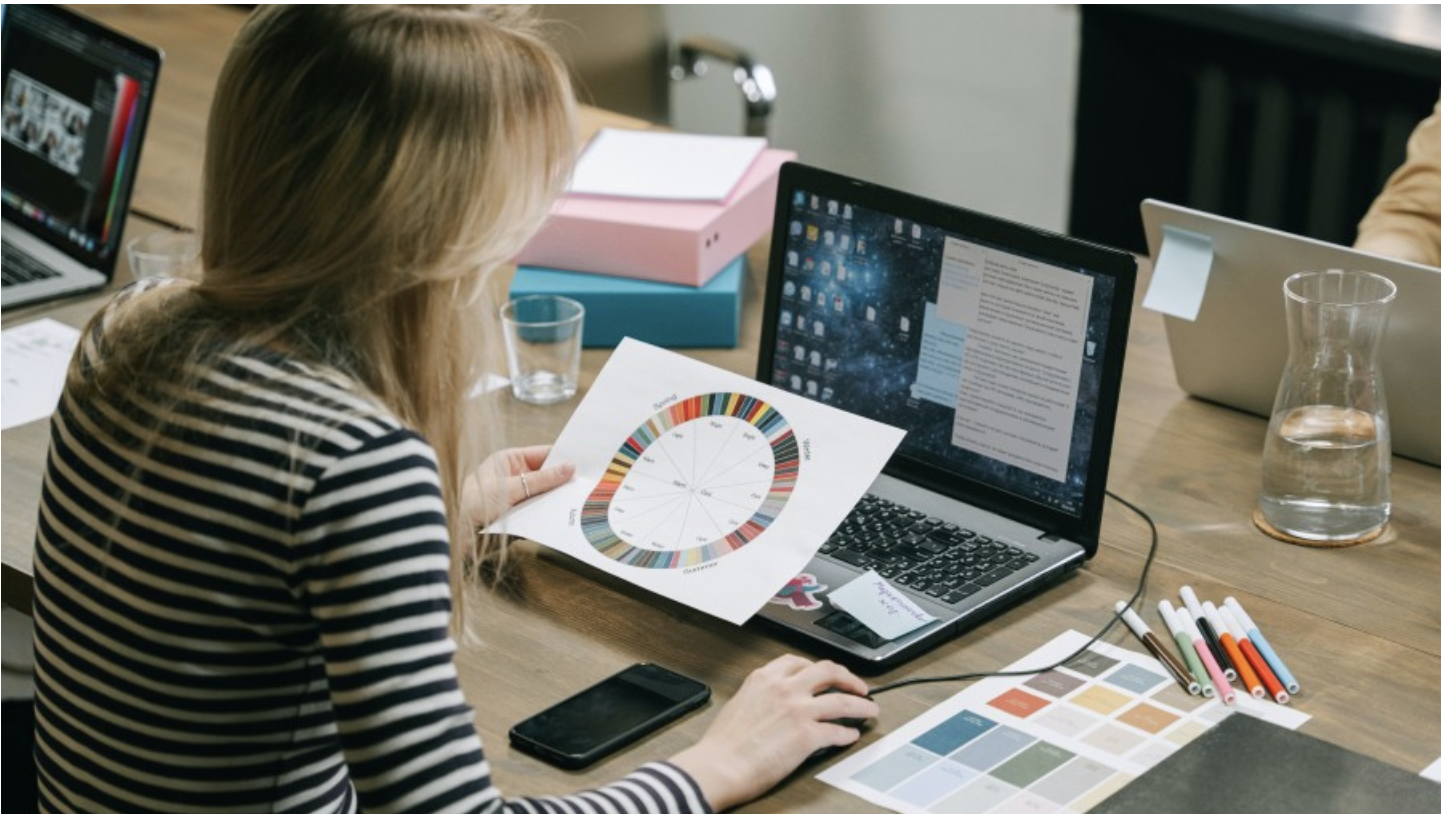Learn The Psychology of Colors in Graphic Designing Ideas
We are surrounded with stimuli everywhere we go. This applies also in every graphic designing ideas that we see. In the world of branding and graphic design services, every color holds a story, every shade carries an emotion, and every hue triggers a response. The psychology of colors is a silent but powerful language that can shape perceptions, evoke emotions, and drive decisions. Harnessing this understanding is a cornerstone of effective graphic design, making color selection a strategic process that goes far beyond aesthetics.
How Colors Affects Us
Colors have an incredible ability to affect human behavior and perception. This phenomenon, known as color psychology, has been extensively studied and leveraged by marketers, designers, and branding experts. It’s not just the visual appeal of colors that matters; it’s the emotions they evoke and the associations they trigger.
For instance, the color blue often conveys a sense of trust, reliability, and calmness. It’s a popular choice for brands in the finance and healthcare sectors. On the other hand, red is known to evoke feelings of excitement, passion, and urgency, making it a favorite among brands that aim to create a sense of dynamism or intensity.

Branding Communication Through Colors
In the realm of branding and graphic design services, color associations are far from random. Brands carefully select colors that align with their core values and messaging. Take the golden arches of McDonald’s, for example. The vibrant red and yellow combination is no accident. Red stimulates appetite and creates a sense of urgency, while yellow conveys positivity and energy.
Similarly, tech giants like IBM and Intel often opt for blue in their branding. This choice isn’t just about aesthetics; it’s about conveying reliability and expertise. Blue creates a sense of security and trust, which is crucial in industries where precision and stability are paramount.
Colors and Emotions
The right color palette can create a powerful emotional connection with consumers. This connection is so strong that studies have shown that people make subconscious judgments about a product within 90 seconds of initial viewing, and up to 90% of those assessments are based on color alone.
Consider the soft, pastel colors used by brands like Dove and Johnson & Johnson. These hues evoke a sense of purity and tenderness, which aligns perfectly with their products focused on care and nurturing. The colors aren’t just visually pleasing; they play a role in cultivating a specific emotional experience for the consumer.
Cultural and Contextual
Color psychology isn’t universal; it’s influenced by culture, context, and personal experiences. For instance, in Western cultures, white often symbolizes purity and weddings, while in some Eastern cultures, it represents mourning. Therefore, understanding the cultural nuances associated with colors is vital, especially for brands with a global audience.
Context also matters. The same color can convey different meanings depending on its surroundings. A bright yellow color might indicate caution on a traffic sign but might signify happiness in a logo. Graphic design services need to take these factors into account to ensure that the chosen colors effectively communicate the intended message.
Finding the right balance
While color psychology is a powerful tool, it’s essential to strike a balance. Overuse or misuse of colors can lead to confusion or send unintended messages. This is where the expertise of graphic design services comes into play. Designers have a deep understanding of color harmonies, contrasts, and combinations that work seamlessly to create visually pleasing and impactful designs.
In conclusion, the psychology of colors is a fascinating aspect of graphic design services that extends far beyond mere aesthetics. It’s a language that communicates emotions, values, and brand personality to the audience. By leveraging the power of color psychology, brands can create strong emotional connections and influence consumer perceptions. Whether it’s the soothing blues of a healthcare brand or the vibrant reds of a fast-food chain, the strategic use of colors in graphic design services plays a pivotal role in telling a brand’s story and making a memorable impact.

